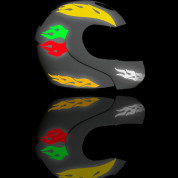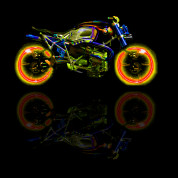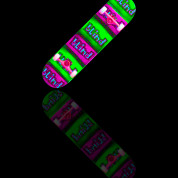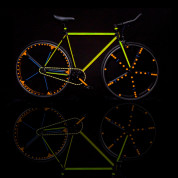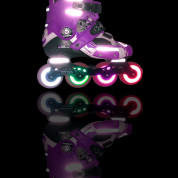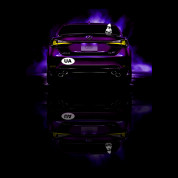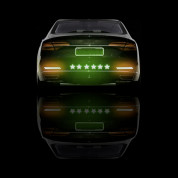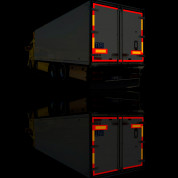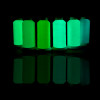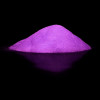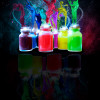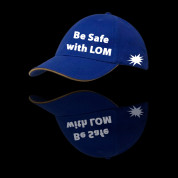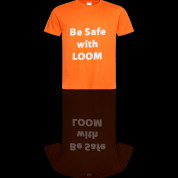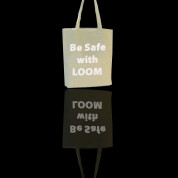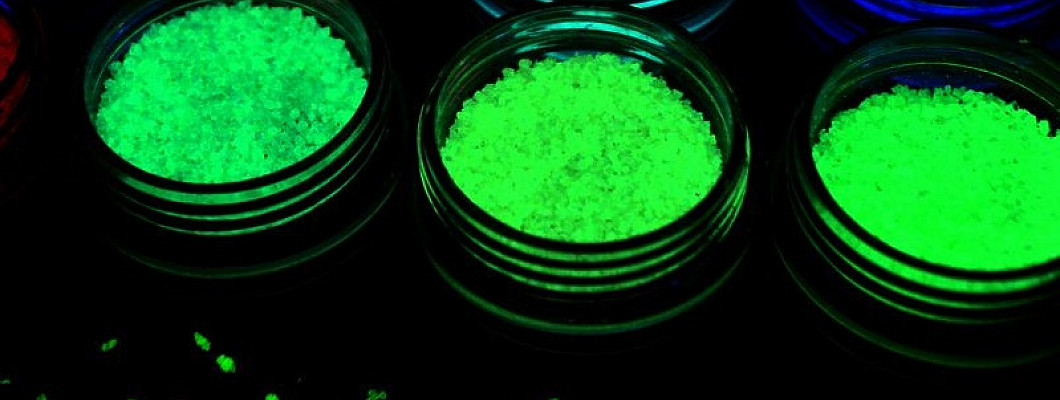
In simple terms, an ordinary phosphor is a substance that, after contact with light sources, itself begins to glow. Some even jokingly call a phosphor light accumulators - by a simple and understandable analogy.
But phosphors are called not only substances that are "charged" with light, the term is broader, it includes substances that can emit light after contact with various sources of radiation or energy, for example, an electroluminophore glows under the influence of an electric field.
Where does this glow come from? A chemical reaction is a chain of transformations of energy from one type to another.
What does it look like? Perhaps you have already met such light sources in your life - these are old figurines made of phosphorus (by the way, they are harmful, unlike modern materials), the hands and dial of the clock - which glow in the dark, interior items - those that glow as if there is a source nearby ultraviolet light, tuned equipment - bicycles that can be seen at night and unusually painted cars, "glowing people" at holidays and parties. All this is not a complete list, the phosphor can be found in thousands of applications and many of them can be very unusual, such as paintings that, after turning off the lamp, will fill the room with soft light for some time or even a sidewalk painted with glowing paint in the garden .
What is a phosphor?
Classification of phosphors by the type of excitation: cathodoluminophores, photoluminophores, radioluminophores, electroluminophores, X-ray phosphors and mixed versions.
If we talk about the chemical composition, we distinguish between organic and inorganic phosphor, but this classification often confuses people who perceive the word organic as safe, and inorganic as "chemical" - hence dangerous. In fact, this classification is of interest exclusively to scientists, since is primarily related to production, not the end product, cheap "organic" paint can be harmful - keep this in mind.
Both options - organic and inorganic - are used very widely and, despite frequent mention on the Internet that inorganic phosphors are only for industrial and specific applications - lamps, X-rays, converters, etc., they are used for quite ordinary products - the same paints.
Much more important pay attention not to terms, but to the manufacturer, specifications and certification.
The fact is that it is not as difficult to achieve a glow as the safety of materials and the presence of a safe main component does not exclude dangerous impurities. < / p>
How long can it glow?
Depending on the class of substances and impurities, the phosphor can glow for up to 8 hours. It is important to understand that the emitted light directly depends on the source with which the paint was "charged". Even the best samples in their ability to emit light depend on how much charge they have accumulated - the brighter the source with which you charge, the longer the exposure - the stronger the phosphor light will be and the longer it will last.
How many hours does the product need to be charged to make it glow for longer? There is a certain limit of the "charge", when there is no point in further "charging", but there are no exact rules for determining it, this can only be determined empirically, because this characteristic is also influenced by the number of layers of paint and impurities in it and even the surface on which it is applied.
Is the phosphor harmful?
60 years ago in the world harmful phosphors were used, now the safety standards are much higher.
Modern high-quality materials must pass the certification procedure for health safety. The best guarantee of quality is original products certified according to EU standards, at the same time, certificates from post-Soviet countries, South Asia or Latin America do not always guarantee safety.
If you are not sure about the quality (cheap unnamed products, without certificates or with doubtful ones), in no case do not use the substance where it will have direct contact with the body or is near children (even without direct contact). This will protect your health from potential harmful effects. And of course, it is worth approaching everything sensibly, painting the cake with glowing paints, even expensive ones, is not the best idea (and there are such "recipes" on the Internet).
But even if the phosphor (paint or pigments ) is safe in itself, it is subject to the general rules of behavior with paints and varnishes - protect your eyes, do not inhale, completely wash your hands before eating, rinse off your skin - so as not to allow prolonged contact.




